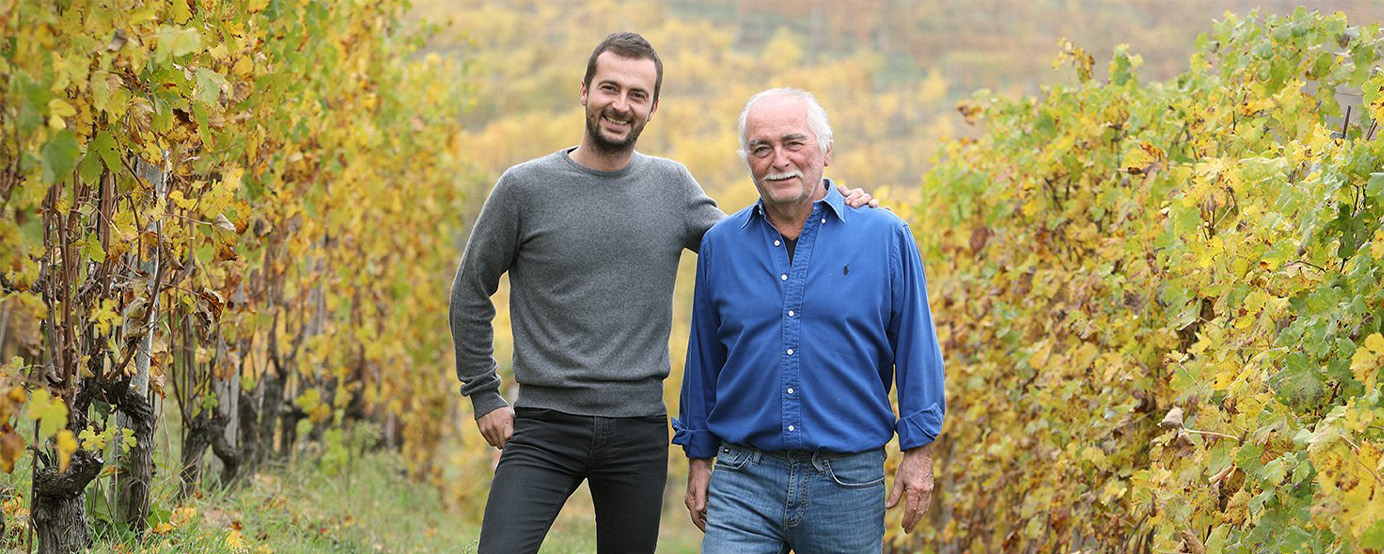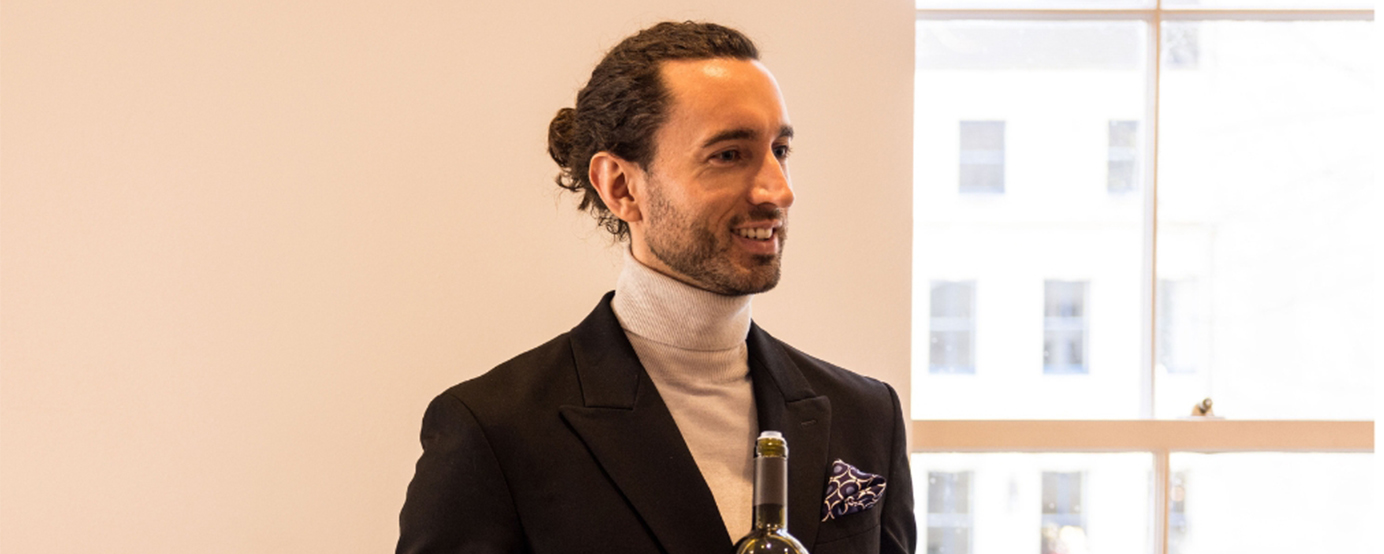
Piedmont – Three estates you should really know about
7 March 2025
Mark Dearing
As Piedmont’s star continues to rise and allocations are wrestled out of the most celebrated cellars, there is a tide of quality, family estates quietly going about their business with all the same diligence and care for their wines. Here, the site-specificity and drinkability remain the pillars of their output far ahead of scores or lofty market prices. We believe that the three producers we highlight today are performing at the highest levels, and have everything in place to become stars of the not-too-distant future.
The Castello di Verduno is one of the historic castles of Barolo, originally built in 1500. Thanks to the Burlotto family it also seems set for a glittering future. Nebbiolo was first vinified here in 1838 under the ownership of King Carlo Alberto of Savoy. In 1909 the castle was acquired by the Burlotto family. It was in the 1950s that the Commendatore Giovanni Battista Burlotto, returning from Eritrea, set about restoring the castle to its former glory. The Castello’s ten hectares of vineyard spread across Barbaresco and Verduno, the northernmost Barolo commune where the proximity to the river results in warm days but cool nights. Their top wines come from two of the region’s most hallowed vineyards Verduno’s Monvigliero and Barbaresco’s Rabaja. The Verduno vineyards come from the mother’s side (Gabriella Burlotto) and the Barbaresco sites from the father (Franco Bianco) whose Barbaresco estate was previously known as Luigi Bianco. Today, their daughters run the estate with Mario Andrion in place as head winemaker. The winemaking here is traditional; soft, slow fermentations with 25-60 days of maceration on the skins followed by ageing in large old Slavonian oak casks, generally around 24 months for the cru wines and 3 years for the cru Riservas, although increasingly the Riservas are being bottled according to the profile of the vintage rather than to any strict formula. These are refined, spirited, vital Barolos and Barbarescos that have an elegance that makes them eminently drinkable young, yet with the balance and nerve to allow for long ageing.

Pierguido Busso is driving quality to greater heights at this top-drawer, small family Barbaresco estate through a return to more traditional winemaking practices. These, they believe, chime best with their holdings in some of the most iconic and historic crus of Barbaresco. Founded by Guido Busso in 1948, and taken over by Piero Busso in the late 1970s after Guido’s died suddenly, the domaine is based in Neive and has at its core old Nebbiolo vines planted in the Albesani vineyard opposite the winery. The first vintage of “Albesani” as a single cru was 1982. The estate's fine holdings don't stop at Albesani, however, as they also boast parcels in Bricco Mondino, Gallina (both in Neive) and Treiso's San Stunet which were brought in to the fold in 1985, 1999 and 2000, respectively. Winemaking is long and slow, up to 45 days maceration on the skins, gently extracted using just pumpovers in the main, only breaking the cap 2-3 times through the entire fermentation process. Ageing is carried out in 25hl slavonian oak casks for two years. In the best vintages, Pierguido has set about bottling Riserva labels exclusively from the oldest plots in Gallina and Albesani in homage to his grandfather Guido who always believed in the greatness of Albesani. Expressive and seductive, all these wines have something to say about where they are from.

Owner Luigi Scavino, cousin and neighbour of Piemonte legend Enrico Scavino, started off life as one of the typical modern Piedmont producers: no expense was spared as new oak was used for the top wines, yields were low and the sparkling new fermenting vats were of stainless steel. Change has been gradually taking place at Azelia over the past ten years, as son Lorenzo has been more and more involved in the family business. At first this meant a reduction in the amount of new oak on the top wines, then the move away from barriques entirely (they used a combination of formats in the run-up), whilst maintaining the same rigorous standards in the vineyards. Since 2016, all the Barolos are aged exclusively in traditional “Botti Grande” wooden casks for two years, with no new oak and blonde toasting. A sparkling new cellar was finished in time for the 2024 harvest, allowing to work even more efficiently in small batches. The single vineyards are all now fermented in cask with submerged cap, instead of stainless steel. They produce a superb Dolcetto planted at 500 metres above sea level on a south facing slope in the prime Montelupo district, and their oak-aged Barbera is extremely fine too. Their Nebbiolo holdings are spread out over the Castiglione Falletto and Serralunga regions where they produce full bodied, intense and complex wines. Their single vineyards are the ethereal but powerful Bricco Fiasco from Castiglione (the same vineyard as Scavino's Bric del Fiasc); the saline, herbal Margheria; and the explosive, spicy, darker-fruited San Rocco from Serralunga. Since 2016, they have also bottled a Cerretta – one of Serralunga’s most prestigious sites, as the vines hit twenty years of age. Luigi planted the vineyard himself. Before 2016, all the Cerretta fruit was blended into the Barolo Classico. In only the best of vintages a Barolo Riserva is made from the ideally situated Voghera.



